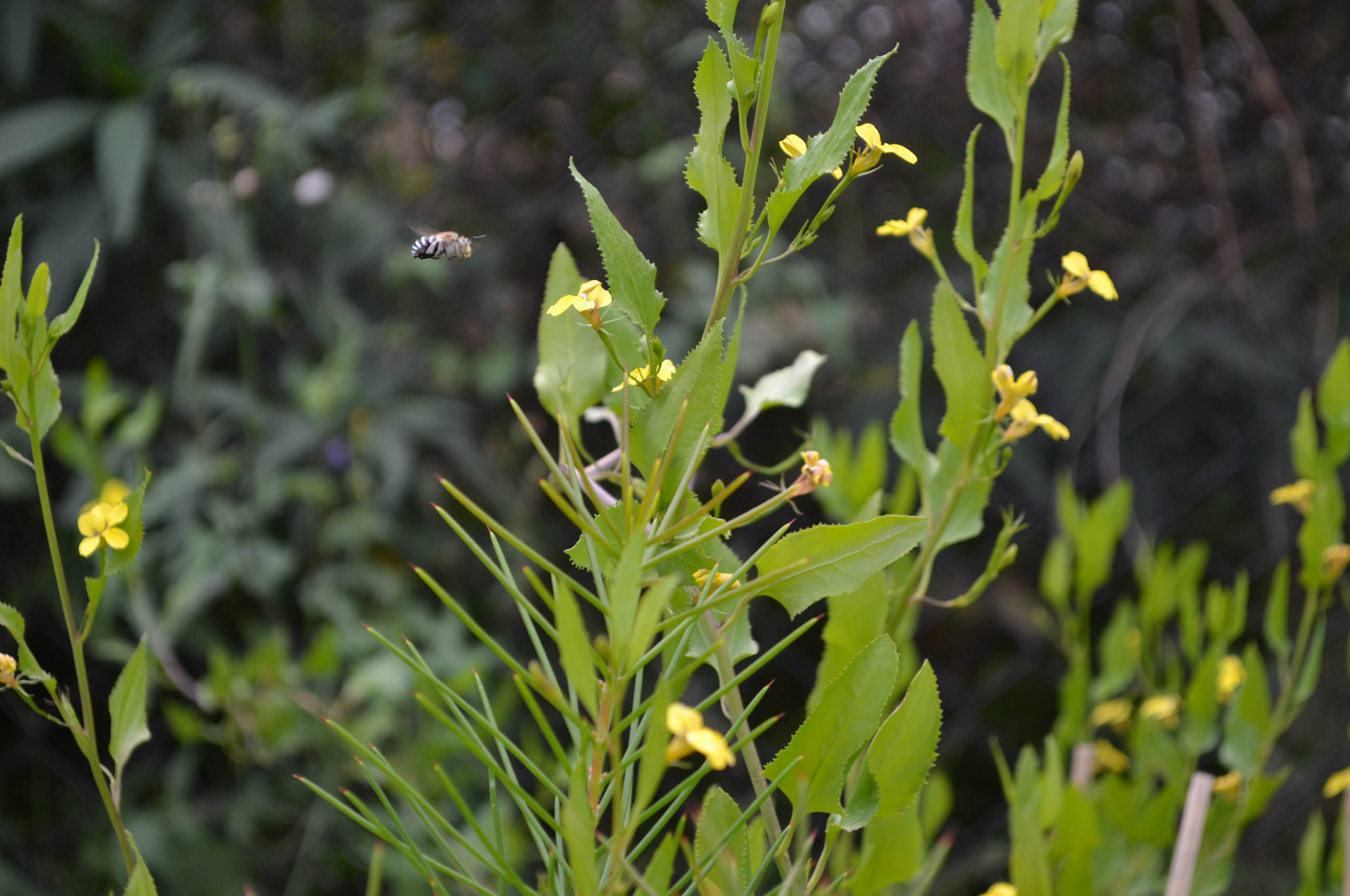From little things, big things grow

2,700 indigenous native plants grown from seed at the Nangak Tamboree Wildlife Sanctuary will soon be at home at the new La Trobe Apartments – La Trobe University’s $100 million, 624-bed student accommodation project.
Kimberley Wilkinson, La Trobe University Project Director, said that the student accommodation project presented a great opportunity to further La Trobe’s commitment to sustainable practices and to work with our very own Wildlife Sanctuary on a larger scale.
“By working with the Wildlife Sanctuary to select, propagate and grow indigenous plants, it enables us to extend the biodiversity of Nangak Tamboree – our biodiverse waterway – from the Wildlife Sanctuary right through to rest of the campus,” she said.
The Wildlife Sanctuary is a unique outdoor laboratory at the University’s Melbourne Campus in Bundoora which includes 30 hectares of woodlands and grasslands, with indigenous species of flora and fauna.
Landscape Architect Matthew Mackay from ASPECT Studios said that the planting concept for the project was developed in response to the unique character of the campus.
“We wanted to select plants that provide a great deal of variation in colour and texture when planted on mass, so a native grassland and meadow aesthetic was chosen as a response to the site’s surrounding landscape. We also wanted to include flowering species to create year-round interest,” Matthew said.
The initial plant lists were developed by ASPECT Studios with consideration of locally indigenous species and a desire to select plants endemic to the campus and its surrounds.
“Working in collaboration with the Wildlife Sanctuary, plant selections were further refined to be as suitable to local conditions as possible. The Wildlife Sanctuary team then advised which species could be obtained from locally sourced seed,” he said.
Once the list was finalised, Scott Tunbridge, Plant Production Assistant at the Wildlife Sanctuary started to collect the seeds, including some sourced from Bundoora Park, just across the road from the campus.
The seeds were then sown from last September, with La Trobe students and some of the Sanctuary’s 1,500 local volunteers helping to pot up seedlings as they started to germinate.
“We have grown almost 2,700 indigenous plants in total, all here at the Wildlife Sanctuary with the help of our dedicated volunteers. This is considered a really important flagship project for us and our community, and I’m really excited to see how it comes to life.
“It’s such a diverse range of plants and it’s great to be using indigenous plants that are good for birds, bees, butterflies and marsupials, such as the Tufted Bluebell (pictured right), River Bottlebrush and Silver Banksia, just to name a few,” Scott said.
Matthew said that the typical approach taken for landscapes in universities or municipal parks to is to select commercially grown and robust plants that can withstand minimal maintenance. But for La Trobe, the approach was much different.
“By working with the to pre-grow the indigenous plants and plant them with increased densities, we have been able to create a really unique and resilient landscape. The Indigenous species will increase the biodiversity value of the site and provide habitat for flora and fauna,” said Matthew.
Not only will the landscape garden benefit the native plant and animal species, it will also benefit local parks, and of course, the students living on campus.
“Once these plants grow up, we can then collect seed from them which reduces how much seed we collect from wild populations. But what’s even better is that international students living on campus get to enjoy and be immersed in a garden that is truly reflective of the local natural environment – something they might not get to experience elsewhere,” Scott said.
Landscaping around the La Trobe Apartments will take place shortly, with the new accommodation set to open later this year.
As part of the University’s response to COVID-19, the Wildlife Sanctuary is currently closed to the public and we look forward to welcoming back our Sanctuary community in the near future.
April 2020
